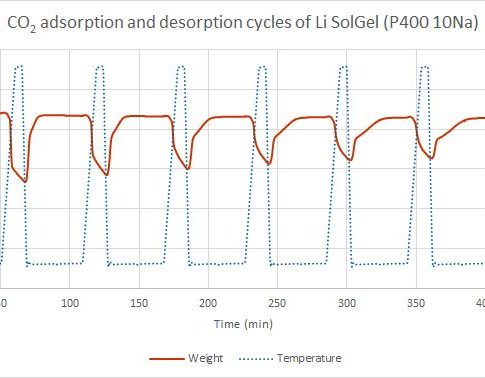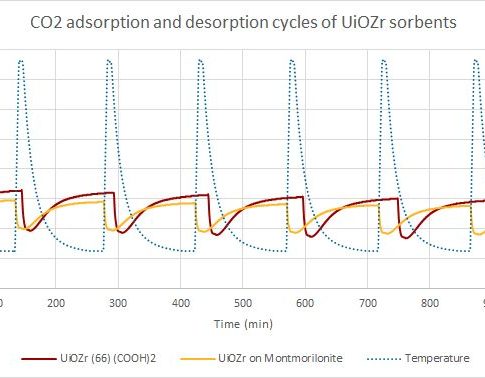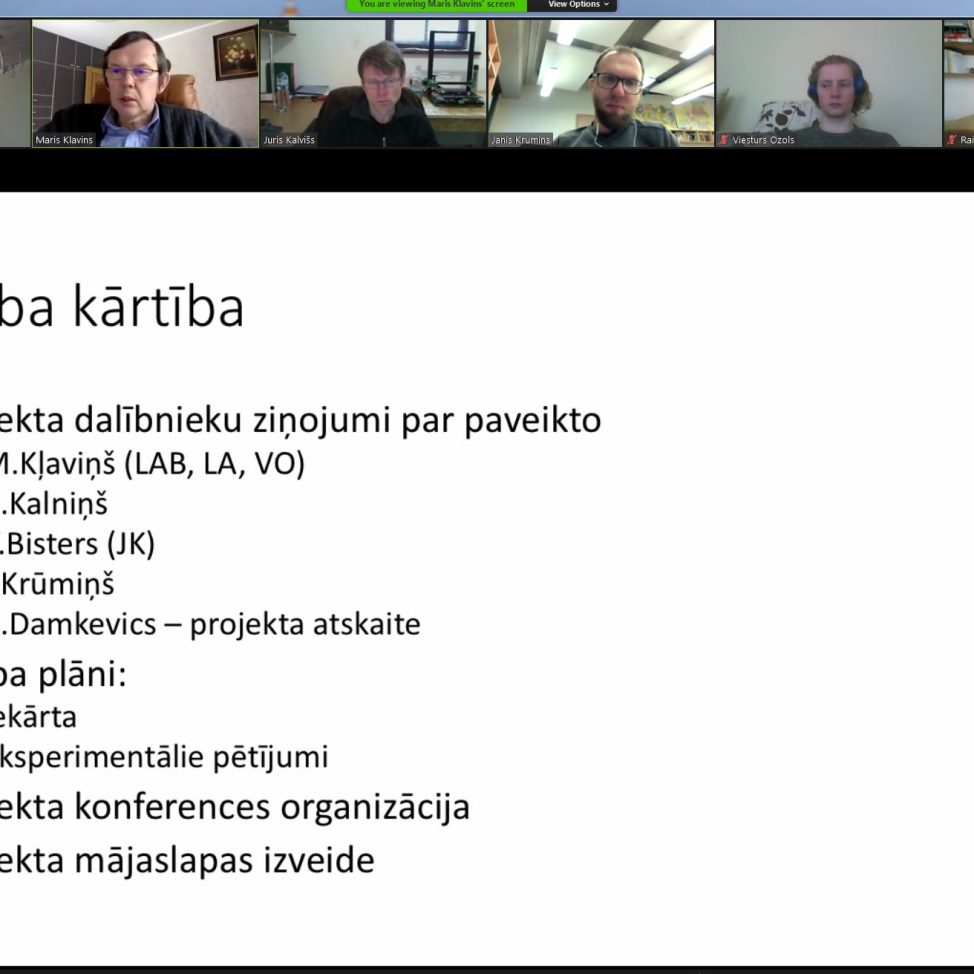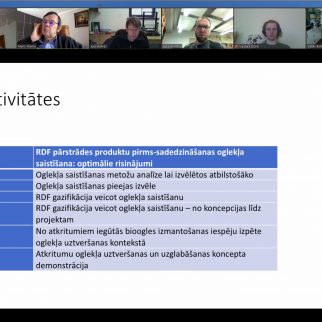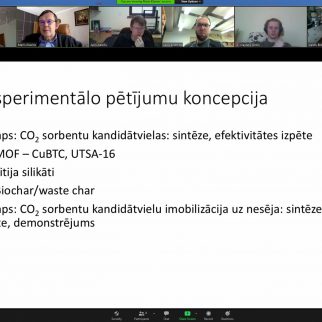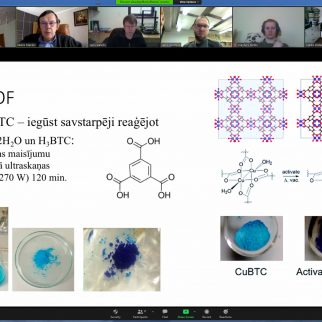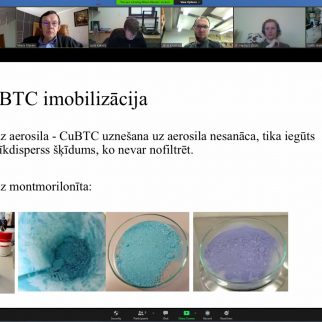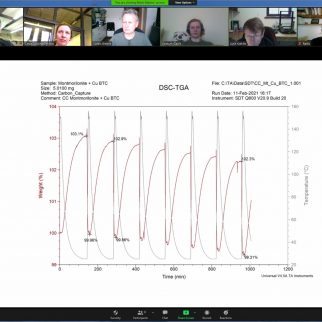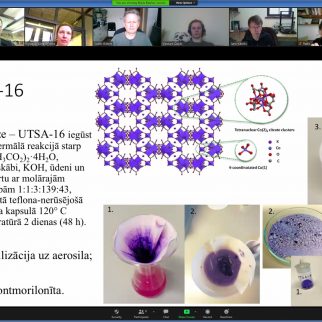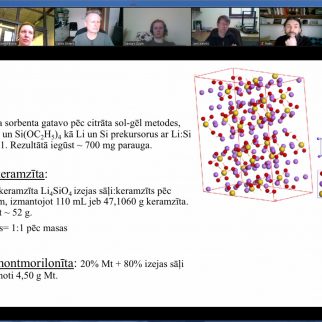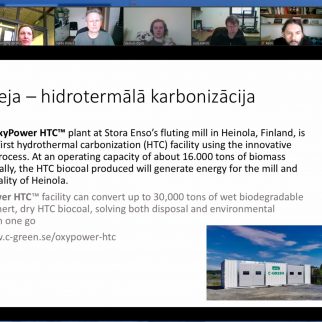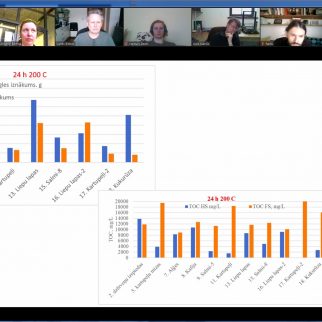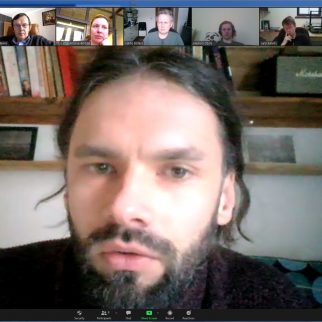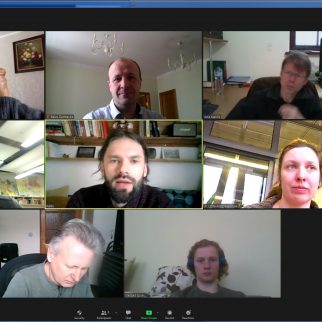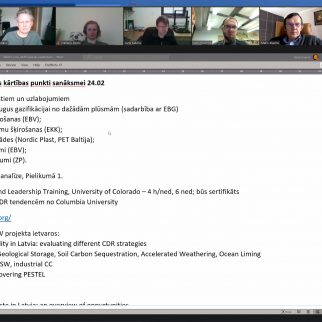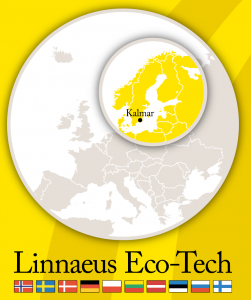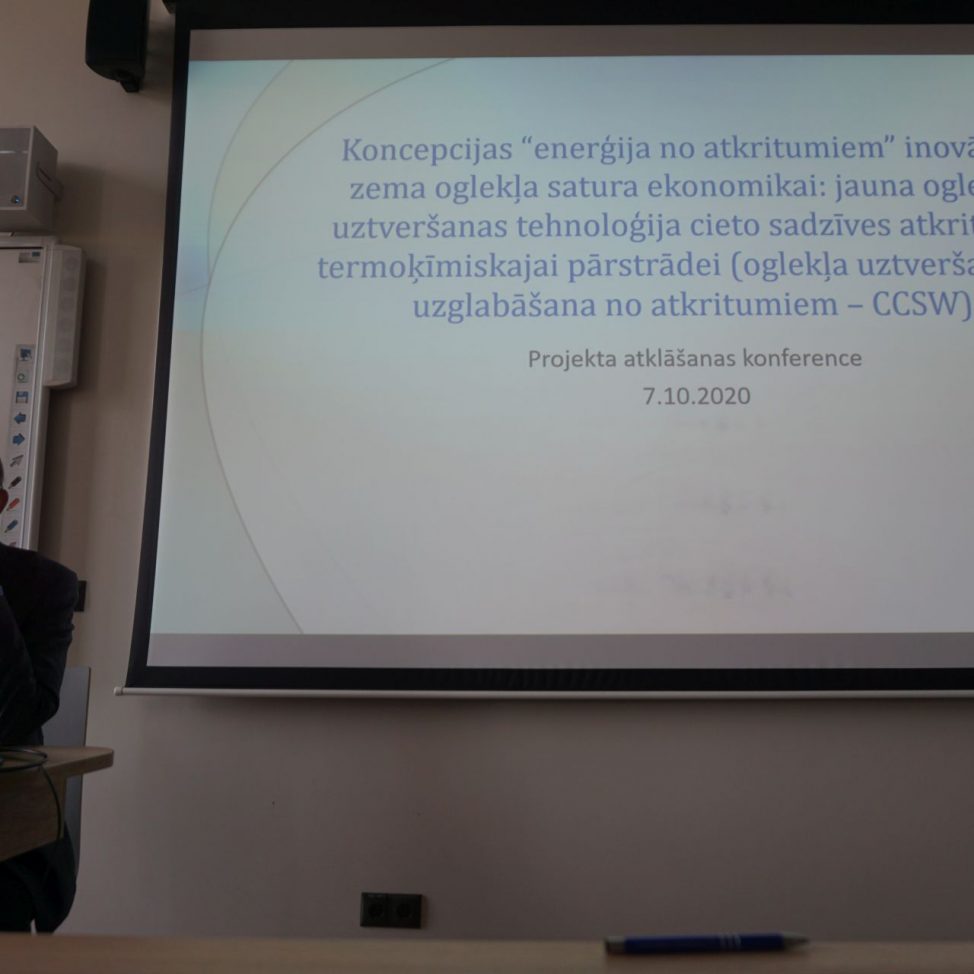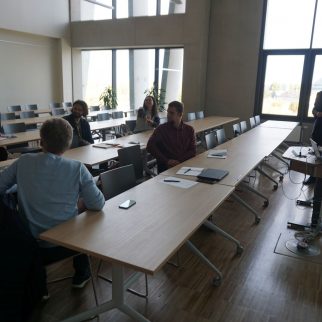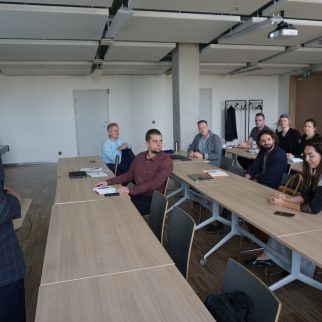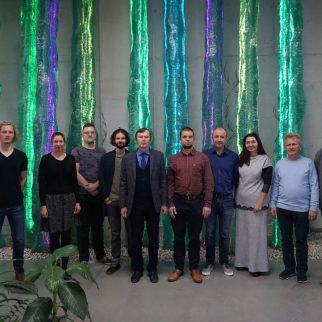Underground structures for carbon dioxide storage in Latvia
Carbon dioxide is crucial to sustain life on the planet as it captures and retains heat from the Sun. Moreover, the photosynthetic organisms use it to produce hydrocarbons, where oxygen is made as by-product. However, if the concentration of carbon dioxide goes out of balance, then it begins to endanger the climate and its fitness for life support. Alas, this is what currently is happening.
Carbon dioxide concentration in Earth’s atmosphere is around 419 ppm and it keeps increasing. It is estimated that prior the industrial revolution in 1750, the concentration of carbon dioxide was around 270 ppm. Thus the concentration of this greenhouse gas has increased for more than 30% during last 260 years and it is causally related to use of the fossil fuel and intense deforestation. At the same time, carbon dioxide concentration in the atmosphere has significantly fluctuated even before human era. For instance, approximately 350 000 years ago, as suggested by sediment cores, the carbon dioxide concentration in atmosphere was around 300 ppm. Significant differences could also be noticed between glacial and inter-glacial periods. However, rapid increase in carbon dioxide concentration nowadays is causally related to human activities and it has to be limited to stabilize the climate.
One of the most effective options to limit the increase of carbon dioxide concentration is to capture it from the emission sources before it enters the atmosphere. Carbon dioxide can be captured and stored in porous underground structures that are covered by dense and compact sediments, which are able to isolate the gas from the environment. One of the most promising options for Latvia, and the Baltic States in general, is the storage of carbon dioxide in saline groundwater aquifers. Carbon dioxide reaction with saline water induces mineralization and formation of carbonate minerals, which is a natural carbon sequestration. 
The geological development of Latvia has facilitated the formation of numerous porous underground structures with the potential to store carbon dioxide, similarly to natural gas in natural gas storage facilities, such as in Inčukalns gas storage. Considering the size and volume of different structures, carbon dioxide storage in Latvia is possible in at least 17 structures, 15 of which are terrestrial, but two are located in the Baltic Sea (Figure 1).
Terrestrial structures generally are located in the central and western part of the country, while structures in the sea are located up to 50 km from the port of Liepāja. These perspective structures are located on the Liepāja-Saldus fracture zone in the Caledonian structural complex. The most promising structures are located at the depth of 700 to 1 100 m, their area is from 10 to 100 km2, but volume varies from 2 to 60 billion m3.
Structures for carbon dioxide storage are within Cambrian sediments in the Baltic Artesian Basin (Figure 2). The Cambrian system in Latvia consists of various sediments of terrigenous origin, such as sandstone, sand, siltstone, clay and argillite. These structures are covered by Ordovician, Silurian, Devonian and Quaternary sediments, and in some places also with Carbon, Permian Triassic, Jurassic and Cretaceous sediments, which act as a natural seal for the gas storage.
 Until ten years ago, pumping and storing of carbon dioxide in underground structures were amongst most expensive options, but now with the rapid technological development and rising carbon price, carbon storage underground has become cost-effective solution and in the future advantages will only grow.
Until ten years ago, pumping and storing of carbon dioxide in underground structures were amongst most expensive options, but now with the rapid technological development and rising carbon price, carbon storage underground has become cost-effective solution and in the future advantages will only grow.
The estimated capacity for carbon dioxide storage in terrestrial structures in Latvia is approximately 404 Mt, while in the Baltic Sea it is around 167 Mt (Figure 3). However, these calculations are based on very general information with low level of detail and thus the actual storage capacity may far exceed this amount – up to 1 000 Mt according to our most optimistic calculations. Thus, the members of this project highly recommend further and more detailed funded research regarding carbon storage in Latvia as this is not only of scientific interest, but also is a cost-effective measure. Detailed and individual studies of underground structures in Latvia are necessary all the more so because Latvia is the only one of the Baltic States, where prospects for carbon dioxide storage in natural underground structures have been localized.


